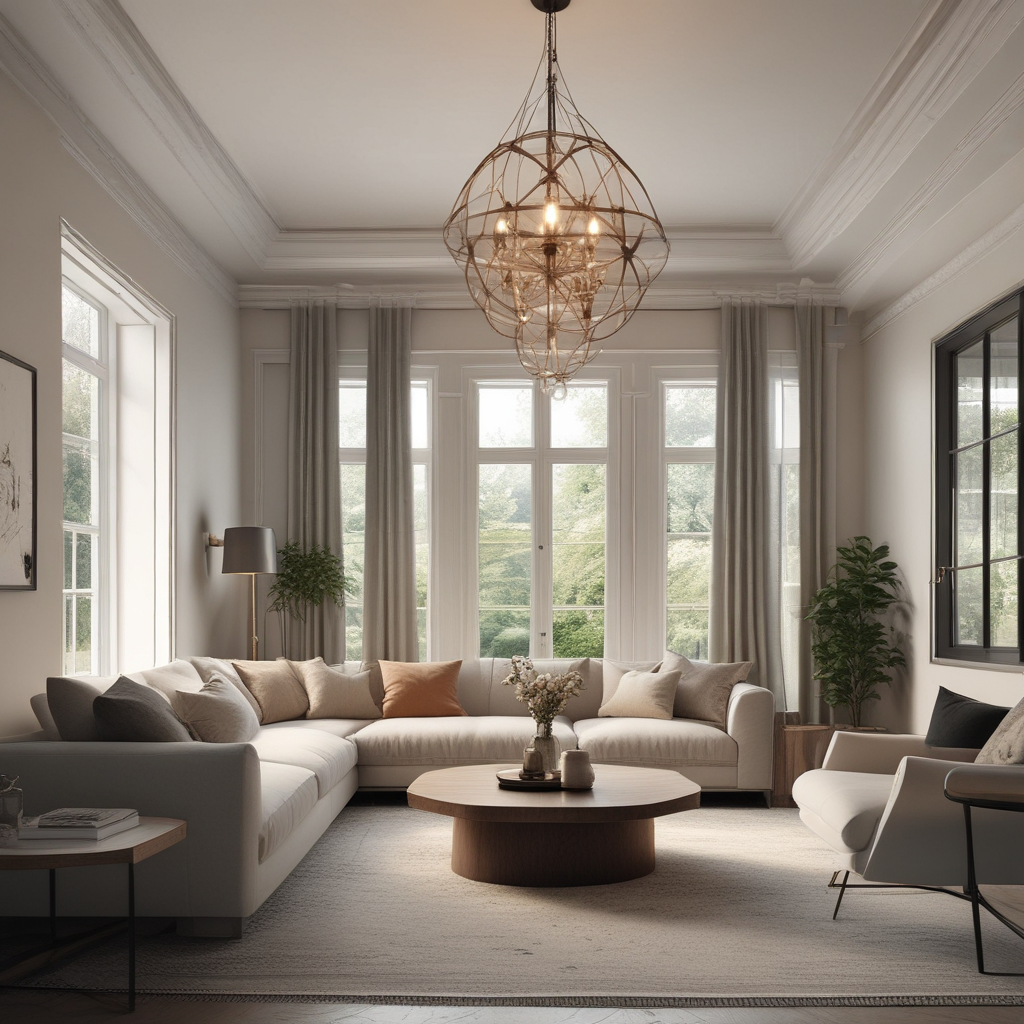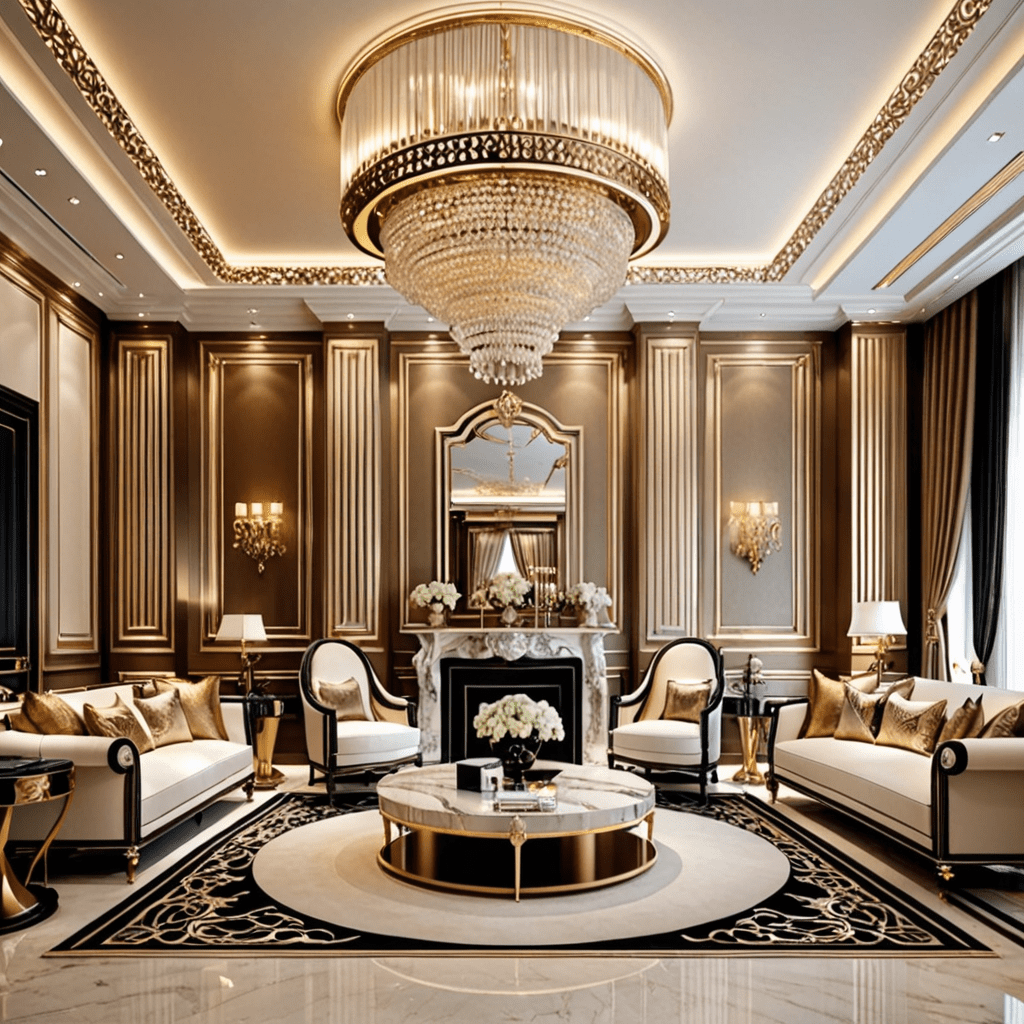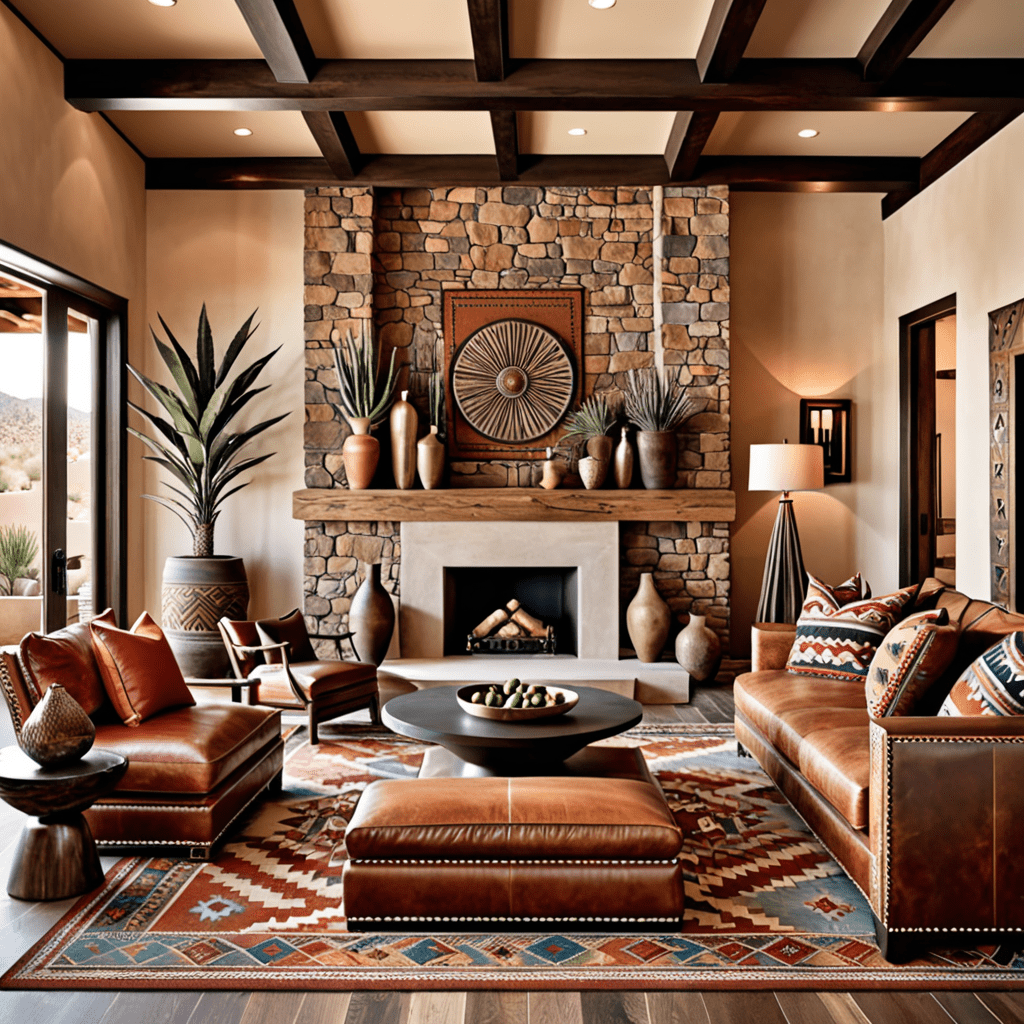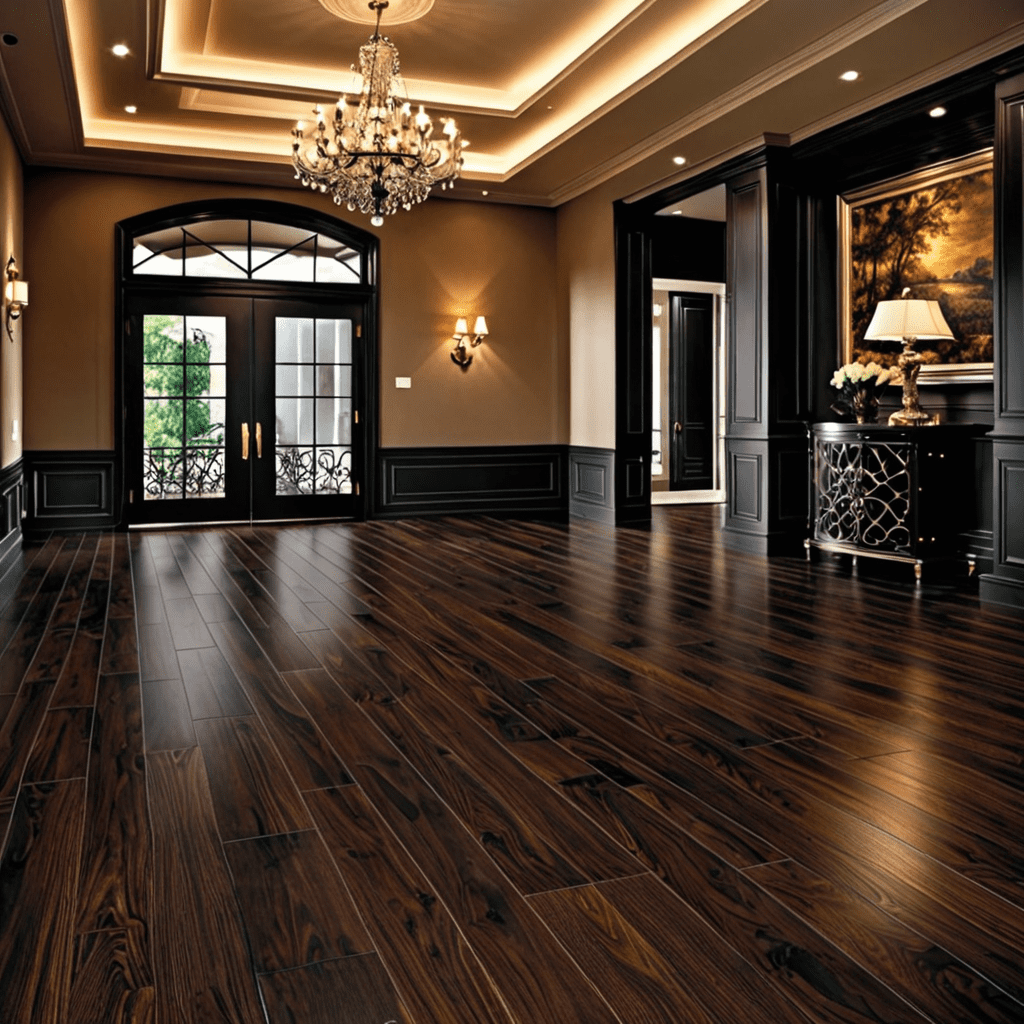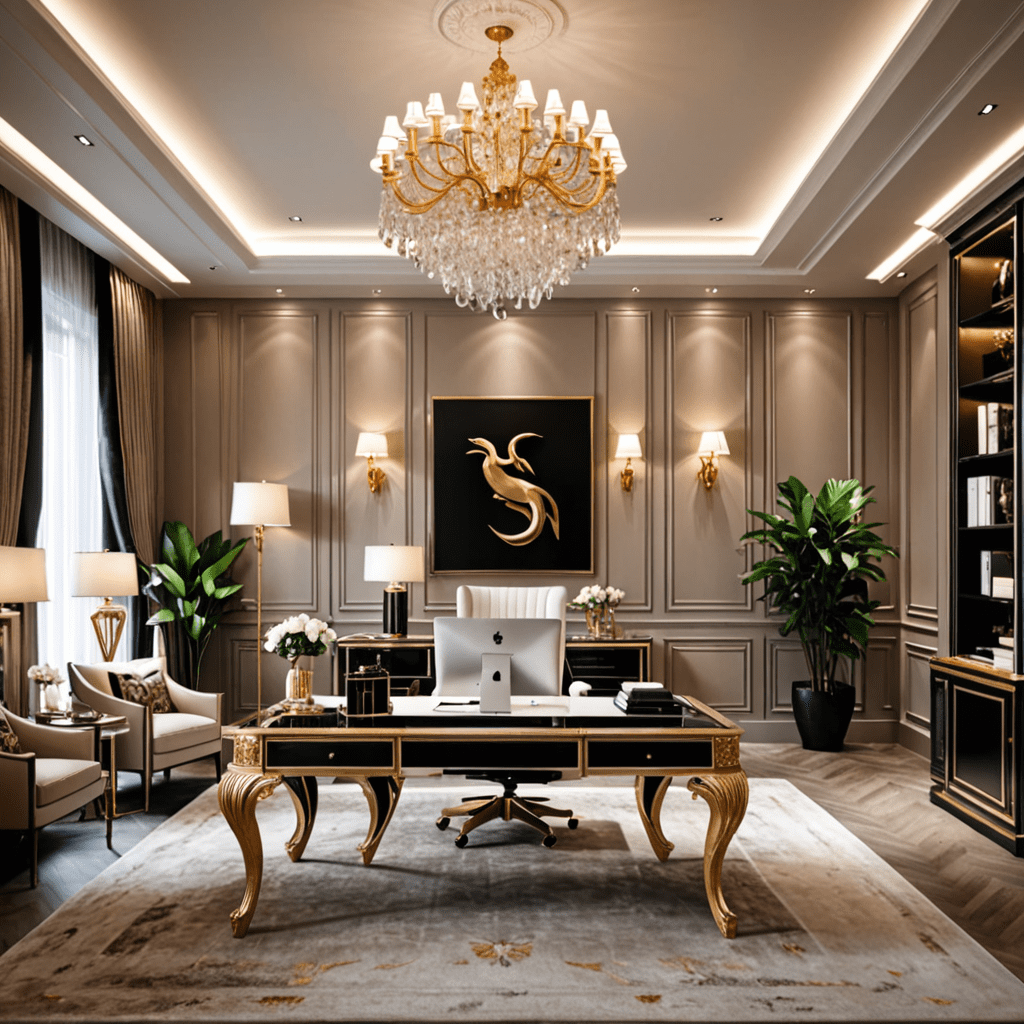Interior Design Business Card Ideas
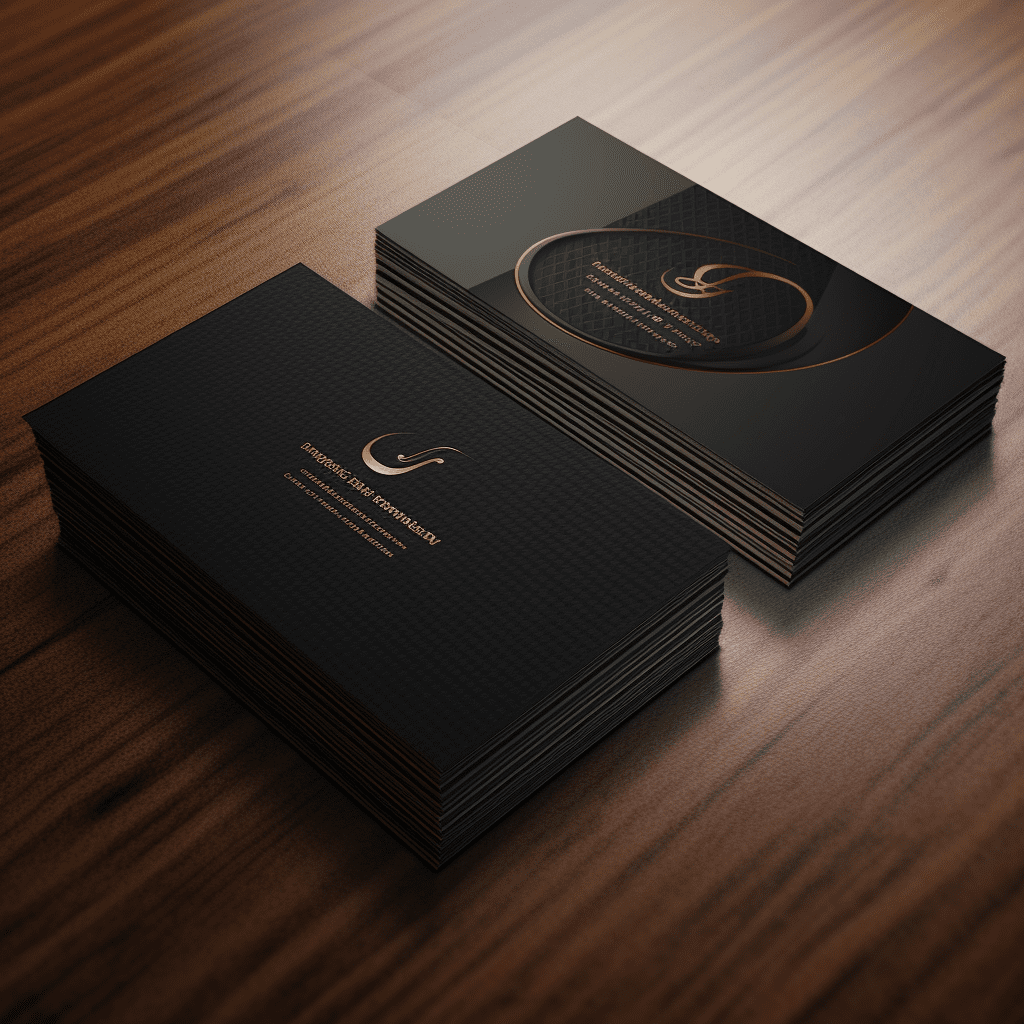

The Power of a Well-Designed Business Card for Interior Designers
In the world of interior design, making a great first impression is essential. And one of the most impactful ways to leave a lasting impression is through a well-designed business card. Whether you’re just starting out in the industry or have an established design business, having a standout business card can help you stand out from the competition and leave a lasting impression on potential clients. In this article, we’ll explore the importance of a well-designed business card for interior designers and provide tips on how to create a card that will make you memorable.
Why a Business Card Matters in Interior Design
In today’s digital age, it’s easy to assume that business cards have become obsolete. However, for interior designers, a physical card is still a powerful marketing tool. Here’s why:
1. Tangible Branding
A business card gives you the opportunity to showcase your unique brand and make it tangible. By incorporating your logo, brand colors, and design aesthetic into your card design, you can give potential clients a glimpse into your style and personality.
2. Personal Connection
Handing someone a well-crafted business card is a personal and memorable interaction. It allows you to make a connection on a more personal level and gives the recipient something physical to remember you by. In an industry that thrives on relationships, this personal touch can go a long way in building trust and rapport with potential clients.
3. Easy Access to Contact Information
While digital options like email and social media are convenient, they can easily get lost in the sea of digital clutter. A business card provides a tangible reminder of your contact information, ensuring that potential clients have an easy and accessible way to reach out to you.
4. Professionalism and Credibility
A well-designed business card demonstrates professionalism and attention to detail. It shows that you take your business seriously and are committed to delivering high-quality work. In a competitive industry like interior design, these subtle cues of professionalism can make a significant impact.
Essential Elements of an Interior Design Business Card
Now that we’ve established why a business card is crucial for interior designers, let’s delve into the essential elements that should be included in your card design:
1. Contact Information
Include your name, job title, phone number, email address, and website (if applicable) prominently on the card. Make sure the font is legible and the information is easy to find. You may also consider adding your social media handles if they are relevant to your business.
2. Logo and Branding
Incorporate your logo and brand colors into the design to create a cohesive and recognizable brand identity. Your logo should be front and center, making it instantly recognizable to anyone who receives your card.
3. Visual Representation of Your Work
Consider including a small image or graphic that represents your design style. This could be a photo of a completed project, a symbol that represents your niche or specialty, or an abstract design that reflects your aesthetic. This visual representation can help potential clients remember your unique style.
4. High-Quality Materials and Finishes
Invest in high-quality card stock and finishes that reflect the premium nature of your services. Consider options like matte or glossy finishes, embossing, or foil stamping to add a touch of luxury to your card. Remember, the tactile experience of holding a well-crafted card can leave a lasting impression.
5. Unique Design Elements
Think outside the box and incorporate unique design elements that make your card stand out. This could be a die-cut shape, an unusual fold, or an unexpected material. However, it’s crucial to strike a balance between creativity and professionalism. You want your card to be memorable, but not so unconventional that it appears unprofessional.
6. White Space and Simplicity
While it’s tempting to include as much information as possible, it’s important to remember that less is often more. Embrace white space and keep the design clean and clutter-free. This simplicity will make your card easier to read and convey a sense of elegance and sophistication.
Frequently Asked Questions (FAQ)
Q: Should I include my photo on my interior design business card?
A: Including a photo on your business card is a personal preference. It can help potential clients remember your face, especially if you’ve met at an event or consultation. However, it’s important to ensure that the photo is professional and aligns with your brand image.
Q: How many business cards should I carry with me?
A: It’s always a good idea to have a plentiful supply of business cards with you at all times. You never know when an opportunity to network or showcase your work might arise. Carrying at least 25-50 cards is a good starting point.
Q: Should I print my business cards myself or use a professional printing service?
A: While it’s possible to print your business cards at home, using a professional printing service can provide higher quality results and a wider range of finish options. Additionally, a professional printing service can help ensure that your cards are printed accurately and consistently, reflecting the professionalism of your brand.
Q: How often should I update my business card design?
A: It’s important to periodically evaluate and update your business card design to ensure it aligns with current design trends and reflects the evolving nature of your business. Generally, updating your design every 2-3 years is recommended, or more frequently if you undergo a significant rebranding.
Q: Can I use both sides of the business card for design and information?
A: Yes, utilizing both sides of the business card can provide more space for design elements or additional information. However, be mindful of not overcrowding the card and maintain a balance between visual appeal and readability.
Q: Should I include a QR code on my business card?
A: Including a QR code on your business card can be a useful way to direct potential clients to your website, portfolio, or social media profiles. However, ensure that the QR code is scannable and provides value to the recipient. Consider using a service that allows you to track and analyze the usage of the QR code for insights into its effectiveness.
In conclusion, a well-designed business card is a fundamental marketing tool for interior designers. By incorporating essential elements like contact information, branding, and visual representation of your work, you can create a card that makes a lasting impression on potential clients. Remember, simplicity, professionalism, and attention to detail are key when it comes to creating a business card that accurately reflects your expertise in the field of interior design.
